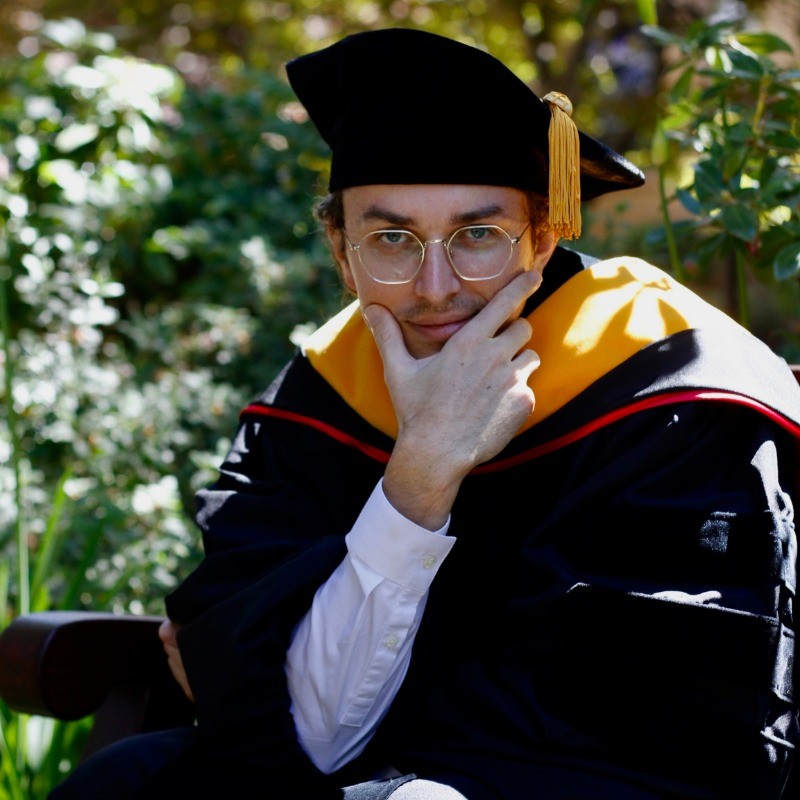
I am an astrophysicist and postodoctoral researcher at the Space Telescope Science Institute. My current work is in development and application of the high contrast direct spectroscopic technique for imaging and characterizing extrasolar planets and substellar companions with the James Webb Space Telescope. The method relies on moderate spectral resolution (R~3000) observations which are cross-correlated with model atmospheres / molecular templates to extract planetary signal out of the stellar noise in the absence of using a coronagraph. However, I am also investigating the possibility of applying this technique in the future in combination with coronagraphy for the next generation Habitable Worlds Observatory.
My PhD research at Stanford University investigated the theory of classical astrophysical instrumentation with forays into domain-specific technical investigations across a wide scope of instrument configurations. In collaboration with my advisor Bruce Macintosh we developed high fidelity models of optical propagation through the turbulent atmosphere to advance our understanding of the fundamental limitations from scintillation in single-deformable-mirror adapative optics systems. We also contributed to the theory of solar gravitational lens imaging by demonstrating a novel reconstruction algorithm which exploits the asymmetric re-imaging inside the critical caustic of a quadrupolar gravitational lens. Such a transformative and futuristic concept could spatially, spectrally, and temporally resolve the surfaces of terrestrial exoplanets, providing a truly unprecedented view of the chemistry and dynamics of other worlds — along with a path to verifying the presence of life on the highest priority target of a successful HWO campaign.
Read More
The Telescope at the Edge of the Solar System | Stanford KIPAC
Our Sun Could Someday Reveal the Surfaces of Alien Earths | Scientific American
Stanford scientists describe a gravity telescope that could image exoplanets | Stanford News
My research career started as an undergraduate at UC Berkeley where I collaborated with Akito Kusaka and Charlie Hill on the development of an inductive thermometer for a cryogenic half-wave plate as a part of the POLARBEAR-2 collaboration. The research was presented at the April 2017 meeting of the American Physical Society where it was awarded "Best Undergraduate Presentation." While I did not ultimately pursue cosmology as a science I still greatly value this research and mentorship experience during my formative years.